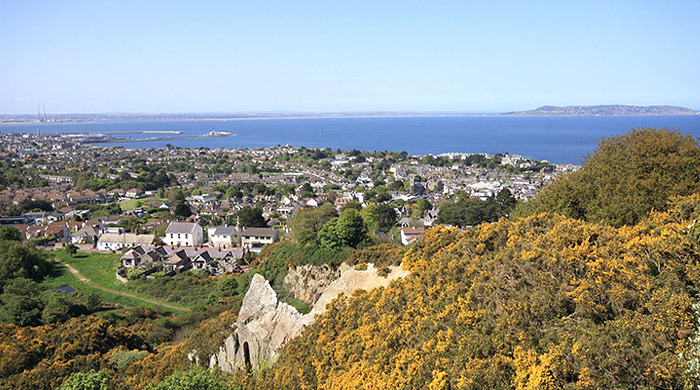Saturn’s moon Enceladus could harbor life. A new study based on NASA data provides surprising results.
SANTA FE – Saturn’s moon Enceladus may have the ability to support life. This is what is suggested by a current study based on data from NASA’s Cassini space probe. In 2008, the probe performed a flyby of Saturn’s moon Enceladus and analyzed water emerging from the moon in geysers and steam clouds. A research team led by Daniele Muratore (Santa Fe Institute) has now evaluated the Cassini data in detail and has made a new discovery.
In addition to carbon dioxide, water vapor, traces of nitrogen and some complex organic compounds, the research team also discovered “large amounts of inorganic phosphorus as well as ammonia,” according to the study. It has not yet been peer-reviewed and so far only On the advance print server PureCiv published. In this study, the research team developed theories about how phosphorus and ammonia could promote the emergence of life on Enceladus.
| The sixth largest moon of Saturn |
| 252.1 km |
| About 500 km |
| 1789 |
| -240.3°C |
| -198°C |
| -128°C |
Saturn’s moon Enceladus: Its ocean could harbor life
The group refers to the so-called Redfield ratio, which describes the frequency of three basic elements of life in Earth’s oceans. Accordingly, the ratio of carbon, nitrogen and phosphorus is 106:16:1. The Redfield ratio is also linked to the discovery of astrobiological life, especially on ocean worlds like Enceladus.
Although Saturn’s moon is an icy world and does not appear particularly hospitable to life at first glance, Enceladus beneath the ice is considered one of the most promising celestial bodies in our solar system in terms of searching for extraterrestrial life. Oceans and perhaps hot springs may exist deep within the ice. Water from these oceans rises to the surface in geysers and steam plumes, allowing scientists to analyze the water.
Methane molecules are formed on the surface of Enceladus, so is there life there too?
The study shows that Enceladus’ ocean contains many chemicals found in organisms on Earth, such as amino acid precursors, ammonia and hydrocarbons. The research results indicate that chemical processes typical of life occur on Enceladus and produce methane molecules. This process is called methanogenesis.
On Earth, methane formation is a hallmark of extremophile microbial life forms found around hot springs or underwater volcanic vents. These creatures could also be compatible with the ocean of Enceladus, according to the research team, which speaks in the study of “a possible biosphere in which life has only recently appeared.” (unpaid bill)
Automated assistance was used in writing this article by the editorial team. The article was carefully examined by editor Tanya Banner before publication.

“Prone to fits of apathy. Zombie ninja. Entrepreneur. Organizer. Evil travel aficionado. Coffee practitioner. Beer lover.”







More Stories
Resident Evil 9: Release may have been delayed internally, insiders say
Roberts Radio: New DAB+/Internet radio combination Stream 67L
The next change to WhatsApp – the first details about the new functionality known